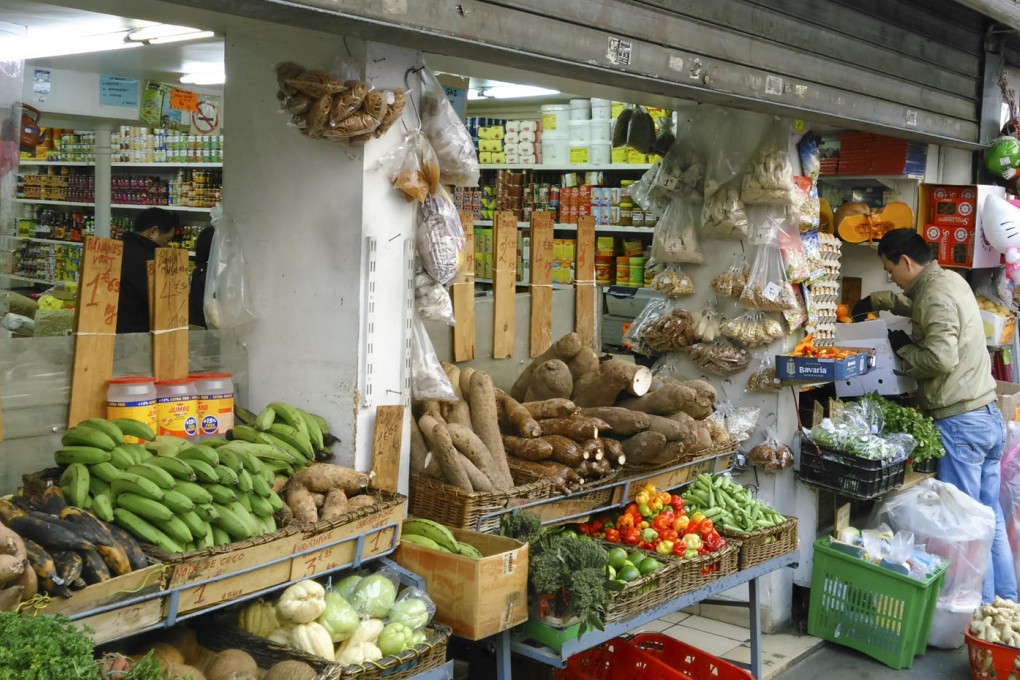A delightful stroll through the 'no-go zones' of Paris
America's Fox News recently described parts of Paris as 'no-go zones' where non-Muslims fear to tread. Rowena Carr-Allinson takes a stroll around these 'mean streets' of the French capital.

Like the rest of Paris in the wake of the Charlie Hebdo attacks, I was outraged. Outraged that this could happen, here or anywhere. Outraged by the senseless killings but also outraged by some of the news coverage, notably that by the now much-maligned Fox News "expert" Nolan Peterson, who declared several of Paris' neighbourhoods "no-go zones" comparable to Baghdad, where Sharia law rules and most Parisians dare not tread.
I've not been to Baghdad recently but Peterson's analysis is way off, offensive to locals and plain ridiculous.
According to the "no-go-zone" map produced by Fox, the largest marked area spans much of the 10th arrondissement, stretching from the Poissonniere to the St Denis metro stations. To the east of the city centre, 3km or so from the Champs-Élysées, it's what Parisians call a " quartier bobo" ("bourgeois meets bohemian") - where the gentrified, authentic and hip meet an ethnic mix.

Setting off, map on phone, to visit the most "dangerous" quarters, I step out into a crisp, cold, sunny morning. Intrepid reporter risking her life? Not so much … It turns out to be rather a nice stroll through a vibrant quartier packed with restaurants, bars, media agencies, loft spaces and cute patisseries.
The area from the Faubourg Poissonniere, a large boulevard once populated by fishmongers, to the Canal St Martin is obviously up and coming; in some places it has clearly already upped and come. There's an edgy vibe, in a good way, yet the streets have retained their charm thanks to the butcher and traditional haberdashery stores that look as though they have been here forever, as well as a host of trendy restaurants.